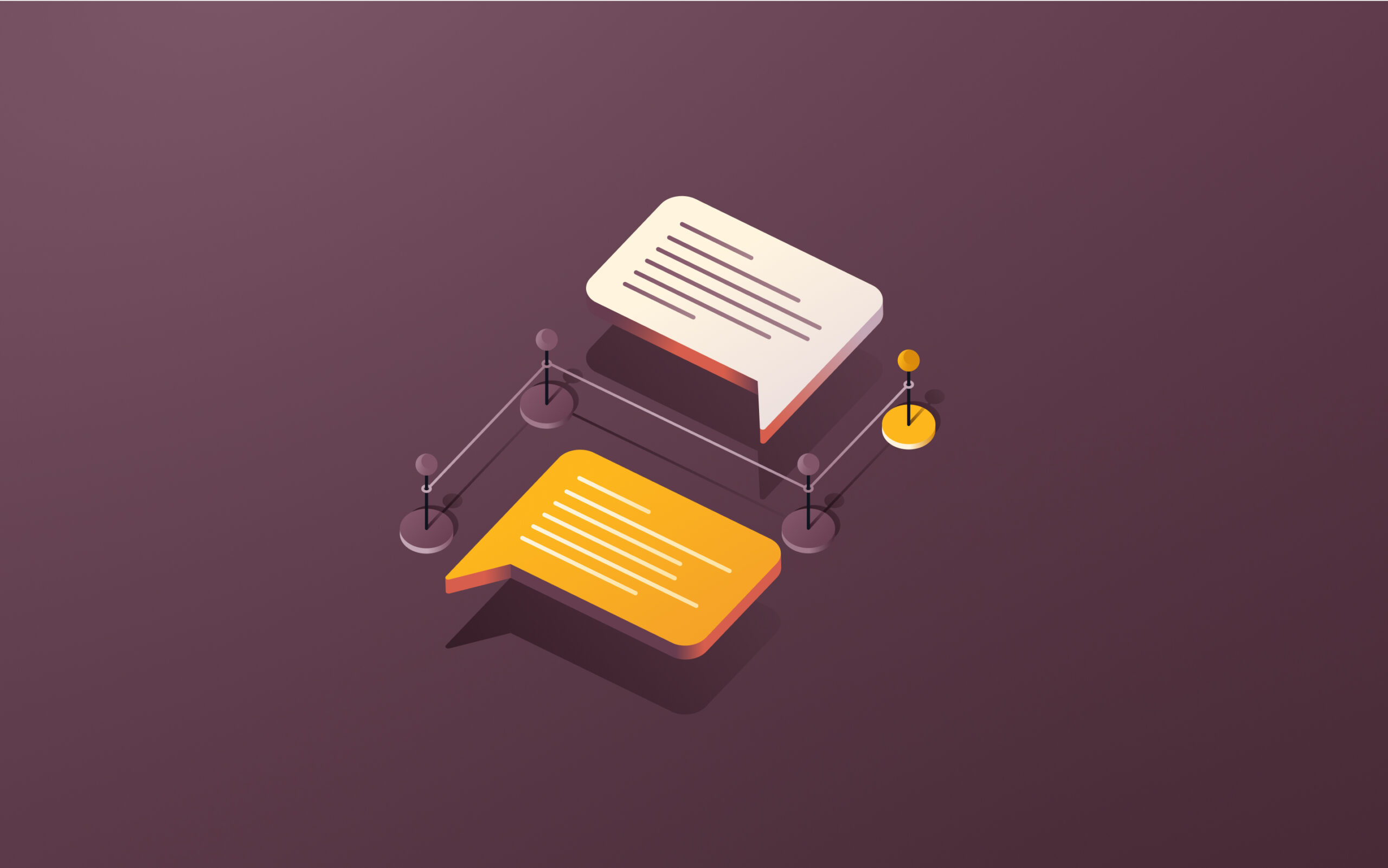New hire checklist: A step-by-step guide to onboarding employees in Ireland [2025]
Hiring your first employee in Ireland is exciting and brings you one step closer to building out your international team. Next, you need to onboard them, which involves filling out the proper paperwork to get them started, introducing them to their coworkers, teaching them about your company’s values, and much more.
If you get the onboarding process right, you’ll set your new employee up for success. Studies confirm that a robust, successful onboarding program ensures 69% of employees stay with the company for three years. And making sure your program is tip top gives you an edge over the competition.
While the actual implementation is up to you, this guide will give you the onboarding checklist you need to take care of everything from paperwork and compliance to devices, access to apps, training, and a 90-day plan to ensure your new employees are successful well beyond their first day.
Before their first day
- Complete an employment background check. Background checks in Ireland are a frustrating subject for many employers, largely because there’s no uniform guidance as to whether you need to run one or not. That being said, they are legal, and to ensure the applicant is who they say they are, employers usually vet the following:
- Name, DOB, proof of address
- Personal Public Service Number (PPS)
- Educational history/certificates
- Prior employment
- Professional references
- Work visa (if the employee is an immigrant in Ireland)
Learn more about employment background checks in Ireland—including cases in which you might ask for criminal background history or medical fitness reports—in our guide.
- Send an offer letter. A formal job letter lets your new hire know what to expect from their new position and ensures you stay legally compliant with Irish labor laws. At minimum, the offer letter should include: the position title, job description and start date; compensation and benefits; working hours; vacation time; sick leave; the company policy on termination; and a confidentiality clause (also known as a non-disclosure agreement). Read our full guide on creating job offer letters for employees in Ireland.
- Complete the necessary documents. The documents you fill out depend entirely on whether the individual has worked in Ireland before or not.
As the employer, you’ll be responsible for deducting the following from paychecks:
- Income tax
- Pay Related Social Insurance (PRSI)
- Universal Social Charge (USC)
- Local Property Tax (LPT)
Check out our full guide to running payroll for employees in Ireland.
- Order and configure their devices. It’s crucial to make a good first impression on your new employee, and having their devices ready and waiting for them is the perfect way to do that. Regardless of where they’re working from (in office or at home), be sure to order and configure any devices as soon as they’re hired.
- Set up their app accounts. Your new hire should feel like they’re part of the team early on, so make sure it’s easy for them to get in touch with their coworkers and they’re not missing any important communication on day one. Prior to their first day, have IT set up their app accounts, like email, Zoom, Slack, Asana, and Figma.
- Prepare any resources they'll need. These can include:
- An employee handbook and copies of any other company policies they need to know
- Your company's mission statement and a brief about your company culture and values
- A team directory
- An ID card (if needed)
- A welcome gift as a token of your appreciation for joining the team
- An agenda for their first day
- Their job description and top priorities
- The company dress code
- Send a welcome email. Communication is a crucial component of doing business in Ireland, so a welcome email will start you off on the right foot. Be friendly but not too informal, and focus on the things your employee will need to be successful on their first day, such as information about who to check in with when they arrive, how to get through security, where they can park, and any extra materials they should have with them when they come in for the first time. Read our guide on creating a welcome email here.
- Assign them an onboarding mentor. Prior to the new hire’s first day, ask one of their coworkers—preferably a manager or a direct team member—to act as an onboarding mentor for them. This will help the new starter get acclimated to their team, give them a friendly face to ensure they feel welcome, and provide them with the opportunity to ask questions. Make sure you assign the onboarding buddy well before the first day so you can give them the chance to prepare.
- Schedule their orientation. Prior to their first day, schedule your new hire’s company orientation. They should meet with, at minimum, their direct manager, their team, and their onboarding mentor. Once the orientation is scheduled, email a first-day agenda to your new hire and encourage them to ask any questions they might have.
If they have not been previously employed in Ireland:
- They must register with Revenue, the government agency responsible for customs, excise, taxation, and other matters, to ensure they pay the right amount of tax and Universal Social Charge (USC).
- They need to get your employer registration number, their staff number (AKA their personnel or works number), and how often they’ll be paid—all from you.
- They have to register with the Jobs and Pension service.
- They can request a Revenue Payroll Notification (RPN), which dictates how often they should be taxed.
If they have previously worked in Ireland:
- You (the employer) should request a new RPN for the employee. It will tell you how to operate payroll for them.
- Include their start date the first time you submit payroll for them.
- Enroll them in benefits. Pension plans/retirement contributions, workers’ compensation insurance, paid sick leave, parental leave, paid annual leave, and bank holidays are all mandatory benefits in Ireland. To stay competitive, some employers choose to offer supplementary benefits. Learn more in our guide to employee benefits in Ireland.
- Add them to the payroll. Employers are responsible for enrolling in Ireland’s PAYE (paye-as-you-earn) scheme, along with notifying Revenue the moment they hire staff. This can be easily done via the MyEnquires portal in Revenue Online Service (ROS), but it has to be done before you write anybody a paycheck.
On Day 1
- Start the orientation. The new hire should spend a good portion of their first day meeting with their direct manager, team members, and onboarding mentor. Make sure you schedule the orientation for either late morning or afternoon; morning traffic in Ireland can be nightmarish, and you don’t want to keep your new hire waiting. To break up the day, have their onboarding mentor meet them over lunch or for a pint at a local pub, both of which are common settings for meetings in Ireland.
- Make sure their workspace is set up. Since you already ordered and configured their devices, this shouldn’t take long. If they’re working in the office, show them where their space is and make sure they have everything they need. If they’ll be mostly working from home, have a list in front of you to refer to so you can ensure they’re fully equipped.
- Send an email to the team. Let the rest of the company know the new employee is starting! Send out an email with the person’s name, job title, email address, and Slack handle and encourage the team to introduce themselves when they have a chance. Learn how to craft the perfect "welcome to the team" email with our guide.
- Let the team vote on the “get-to-know-you” event. While hosting an icebreaker event is fairly common in countries like the US and Canada, it’s not a universal occurrence in Ireland. It’s better to let the team vote on whether they’d like to do something special or not. In any case, a more casual gathering, like visiting the local pub after work together, might be a better alternative.
- Give an office tour. An office tour is always helpful, even if your new employee will only occasionally be a presence in the workplace. It’s a great opportunity for them to show their face, meet other coworkers they might otherwise not have the chance to get to work with, and learn where the amenities and facilities are.
- Provide them with a list of contacts. Email your new hire with a list of names, roles, phone numbers, emails, and Slack handles so they know how to get a hold of coworkers they’ll be interacting with regularly, and so they can find the right person to answer specific questions.
During their first 90 days
- Schedule organizational and role-specific training sessions. During the first 30 days, your new hire has two goals: to learn about their new workplace and the specifics of their role. It’s best to begin by introducing them to the company’s goals, purpose, and values. Then, pivot to training them on their specific position. Find out what training they’ll need to bolster their prior experience and help them learn the skills and information they'll need to succeed.
- Assign work and help them set goals. Setting clear objectives will ensure your new hire knows exactly what you expect of them. One great way to set goals in the beginning is using a framework like SMART goals—setting goals that are Specific, Measurable, Attainable, Realistic, and Time-bound. As you start assigning them tasks to complete on their own, this will help provide them with clear targets to work toward so they know they’re moving in the right direction.
- Cross-Functional Exposure. Arrange opportunities for the new employee to interact with teams or departments beyond their own. This exposure can foster a deeper understanding of the organization and promote collaboration.
- Schedule regular check-ins to help them stay on track. Regular meetings are crucial, particularly during your new hire’s first 90 days. They’re a great way to answer any questions the individual might have, note what they’re doing well, and work on what can be improved. Better still, your new hire won’t have to wonder whether you’re pleased with their performance during the first few months. Start with a check-in at 30 days, 60 days, and 90 days, but stay flexible in case they want to schedule more frequent meetings than that.
- Professional development. Discuss the organization's approach to professional development and growth opportunities. Encourage the new hire to set personal development goals and explore potential training, workshops, or courses.
- Seek their feedback on how you can improve the onboarding experience. An employee’s feedback to you is just as valuable as yours is to them. Set aside time to learn about your new hire’s experience during the onboarding process to understand how it can be improved going forward.
Make onboarding a breeze with Rippling
If you're going to hire employees, contractors, or remote workers in Ireland, you need more than just a new hire checklist: you need Rippling.
Rippling makes it easy to onboard and manage employees and contractors around the world—in one system that helps keep you compliant with local employment laws and regulations.
And with Rippling, onboarding new employees is a breeze. Complete and verify background checks, send offer letters, and store digital documents—all from one centralized location.
Rippling and its affiliates do not provide tax, accounting, or legal advice. This material has been prepared for informational purposes only, and is not intended to provide, and should not be relied on for tax, legal, or accounting advice. You should consult your own tax, legal, and accounting advisors before engaging in any related activities or transactions.





